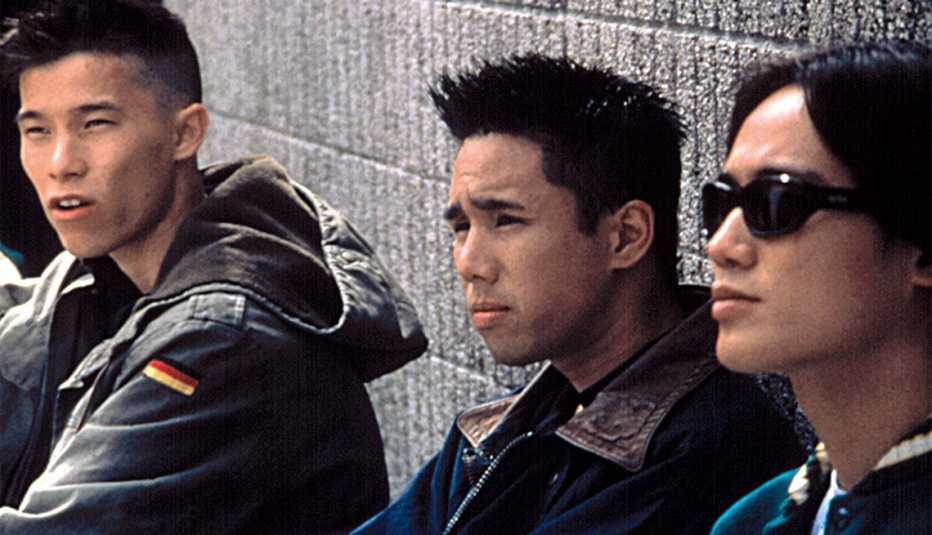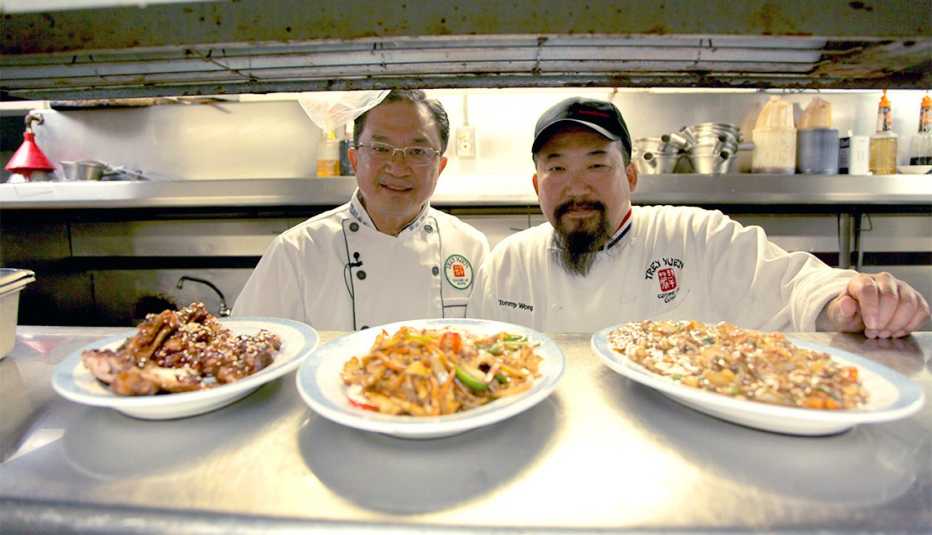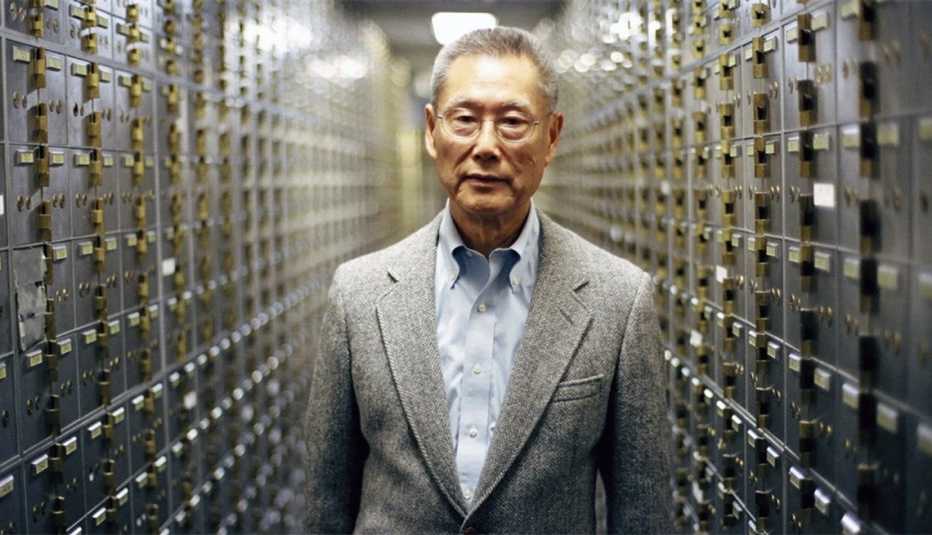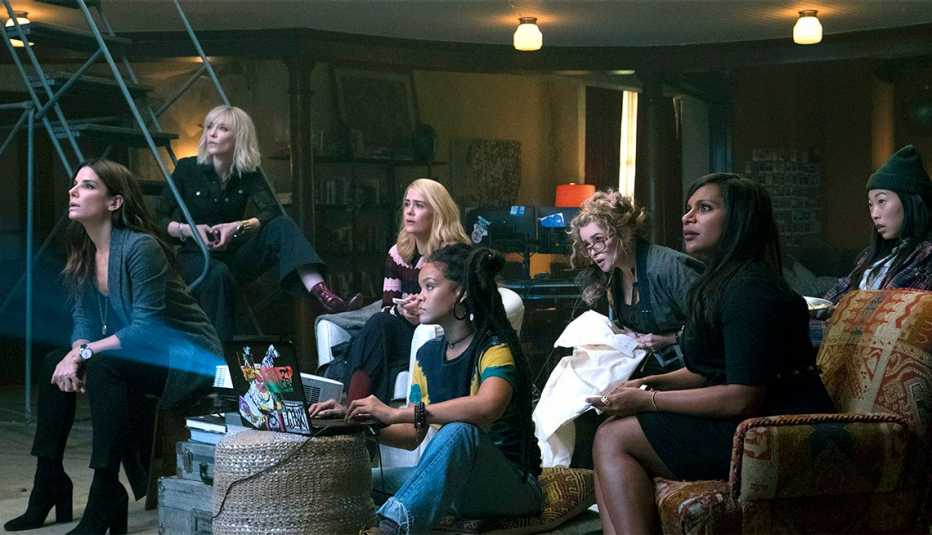Staying Fit
May is Asian American & Pacific Islander (AAPI) Heritage Month, to honor the rich history and accomplishments of AAPIs throughout the history of the United States. AARP is proud to celebrate AAPI Heritage month with articles that showcase AAPI accomplishments and culture.
In this first installment of our series, we explore the most memorable films on Asian and Pacific Islander history and culture.


AARP Membership— $12 for your first year when you sign up for Automatic Renewal
Get instant access to members-only products and hundreds of discounts, a free second membership, and a subscription to AARP the Magazine.
Feature Films
The Joy Luck Club (1993)
One of the best-known, big-hit movies that depicts the dynamics of Asian American families, with a group of Chinese immigrant mothers who play mahjong and their Chinese American daughters and the unfolding of one family’s tragic, wartime story. A classic based on Amy Tan’s bestselling novel, and starring the creme de la crème of AAPI actors.
Enter the Dragon (1973)
The film that made a legend out of the San Francisco-born martial arts master Bruce Lee.


The Crimson Kimono (1959)
A striking film noir cult classic filmed by director Sam Fuller almost entirely in Little Tokyo, starring Japanese American actor James Shigeta as an L.A. cop who actually kisses the white woman witness he falls in love with, a rarity in Hollywood films.
Flower Drum Song (1961)
A classic musical by Rodgers and Hammerstein based on a novel by C.Y. Lee, the film tells the story of San Francisco Chinatown’s immigrant community, and changing family structures. The musical reflects the sexual — and sexist — values of the day, but it was groundbreaking in its casting of leading Asian and AAPI actors.





































































